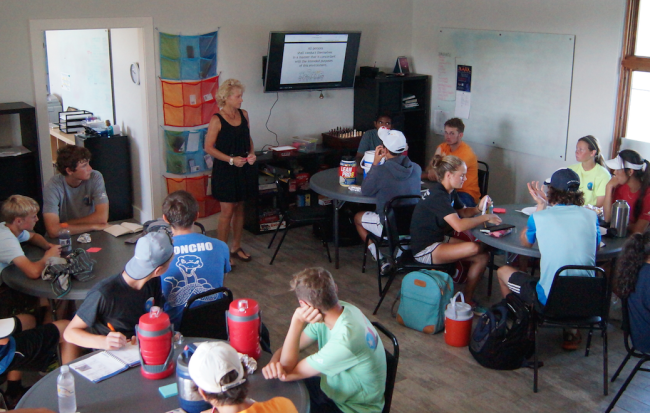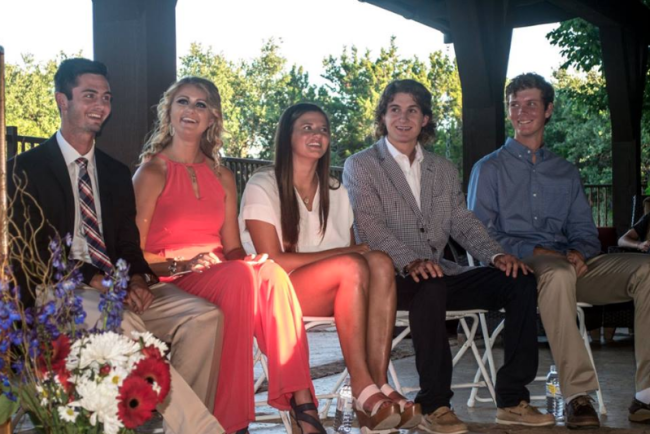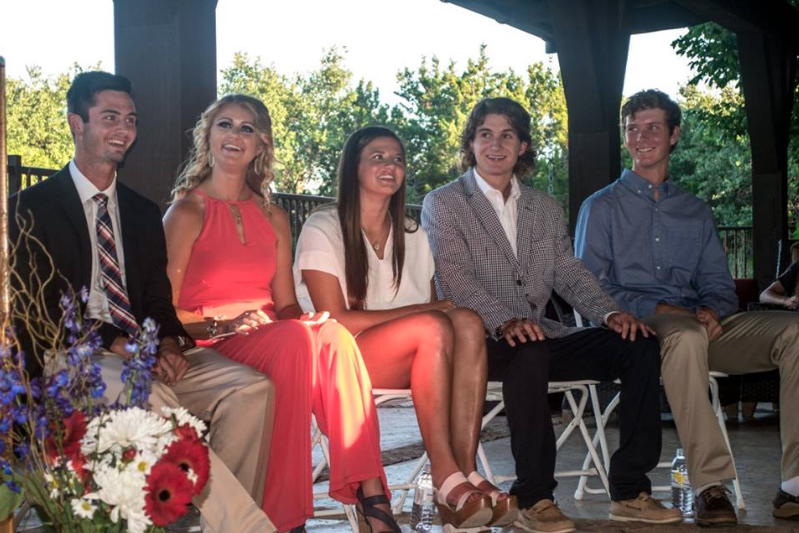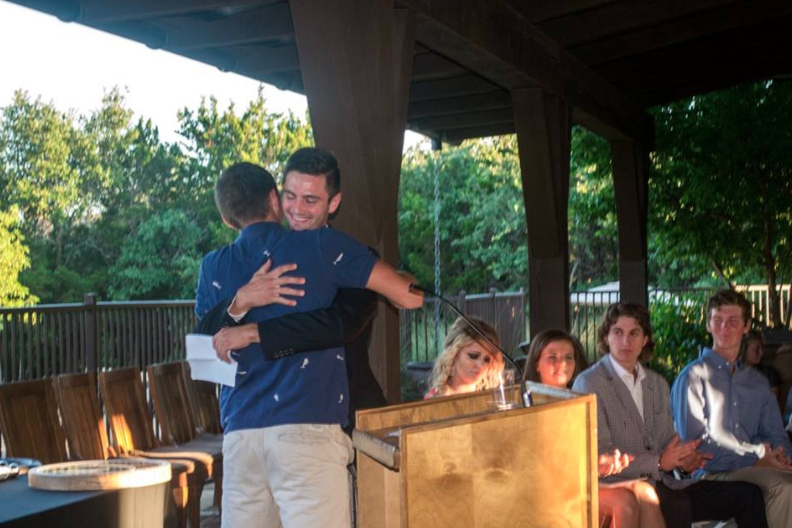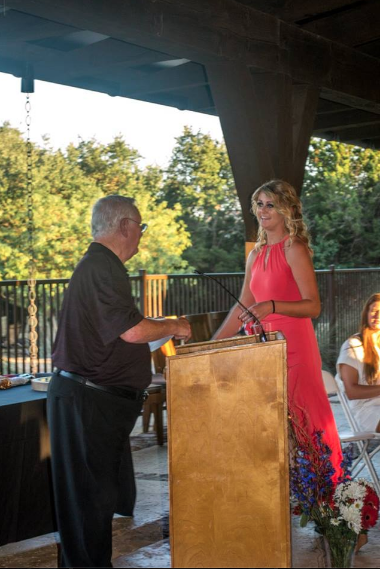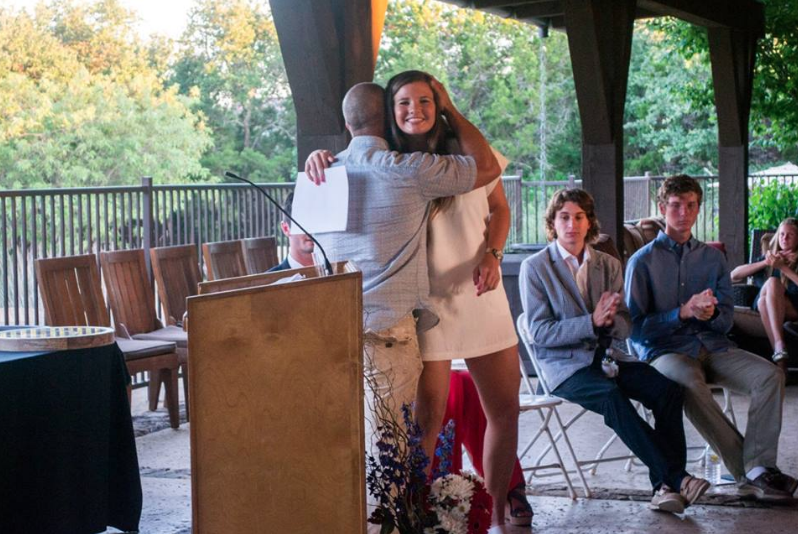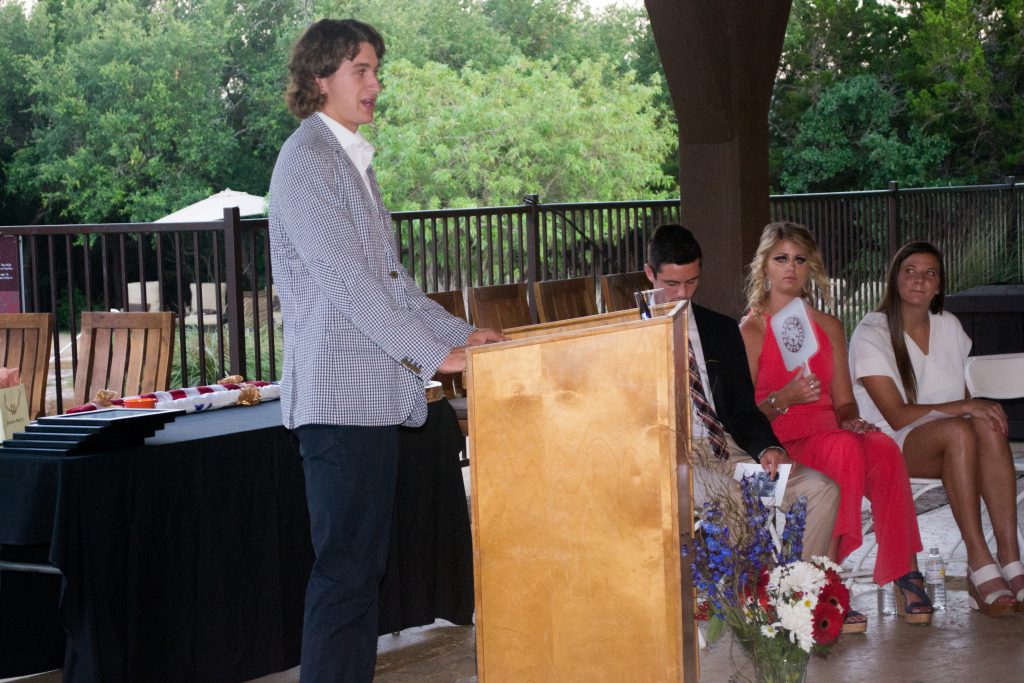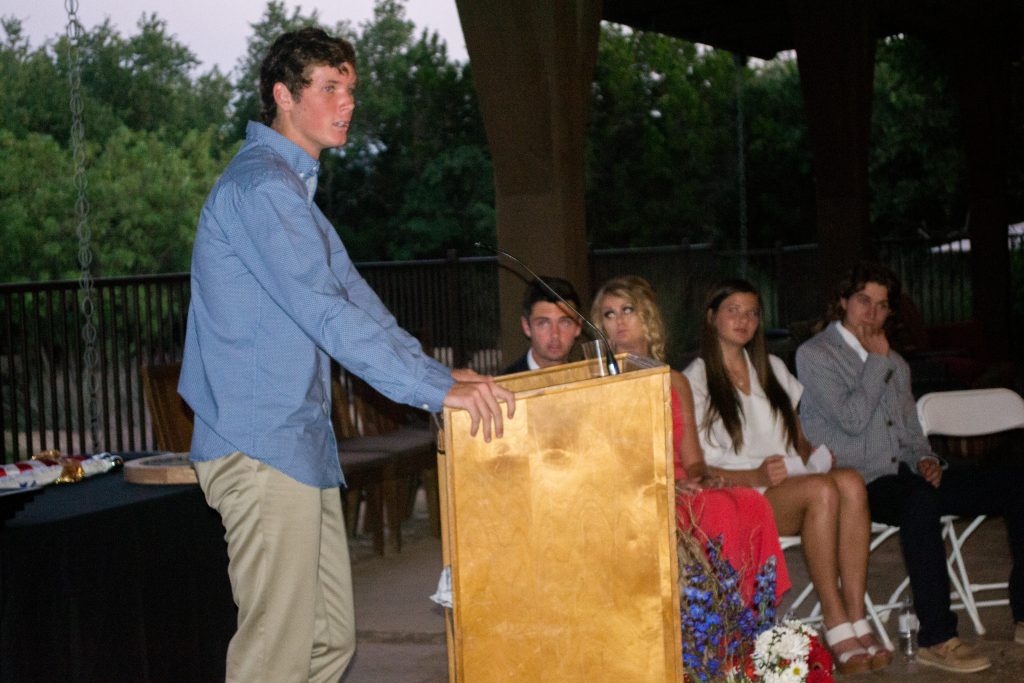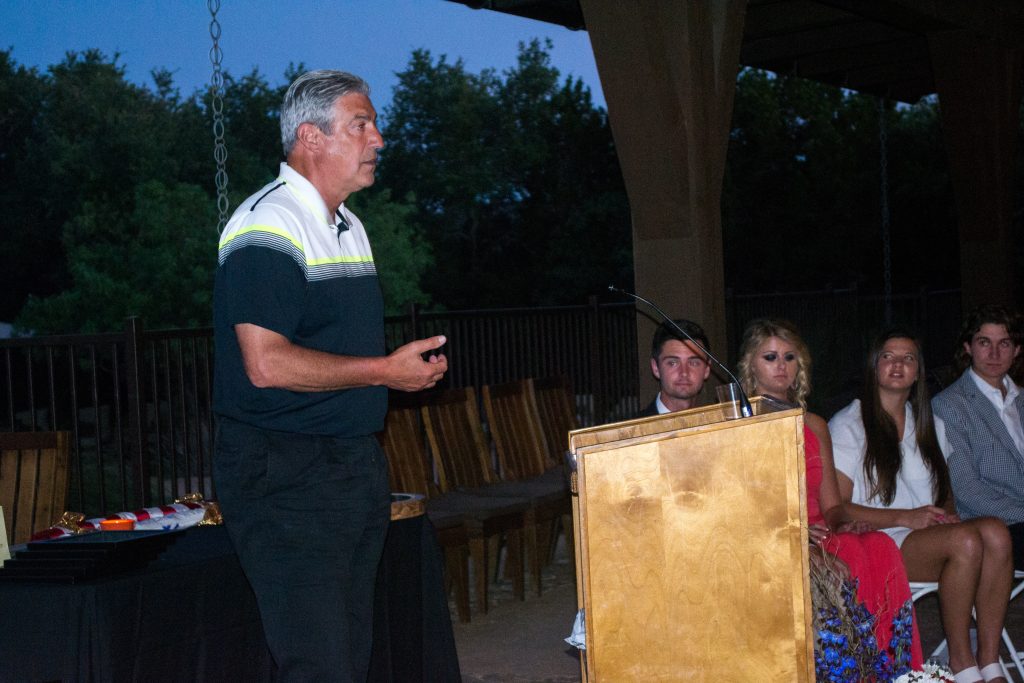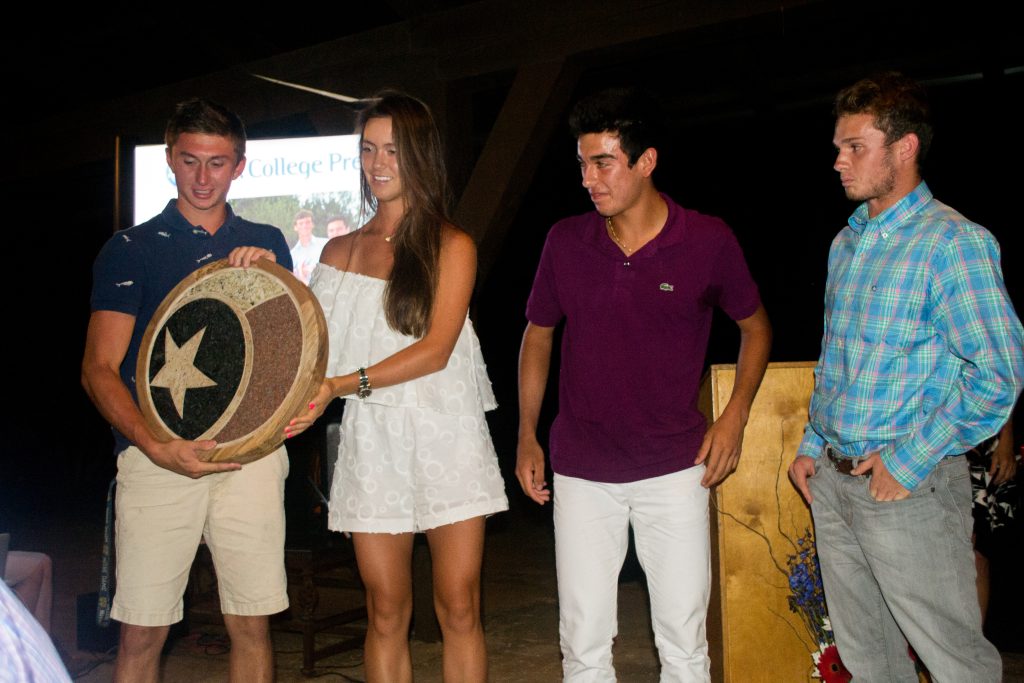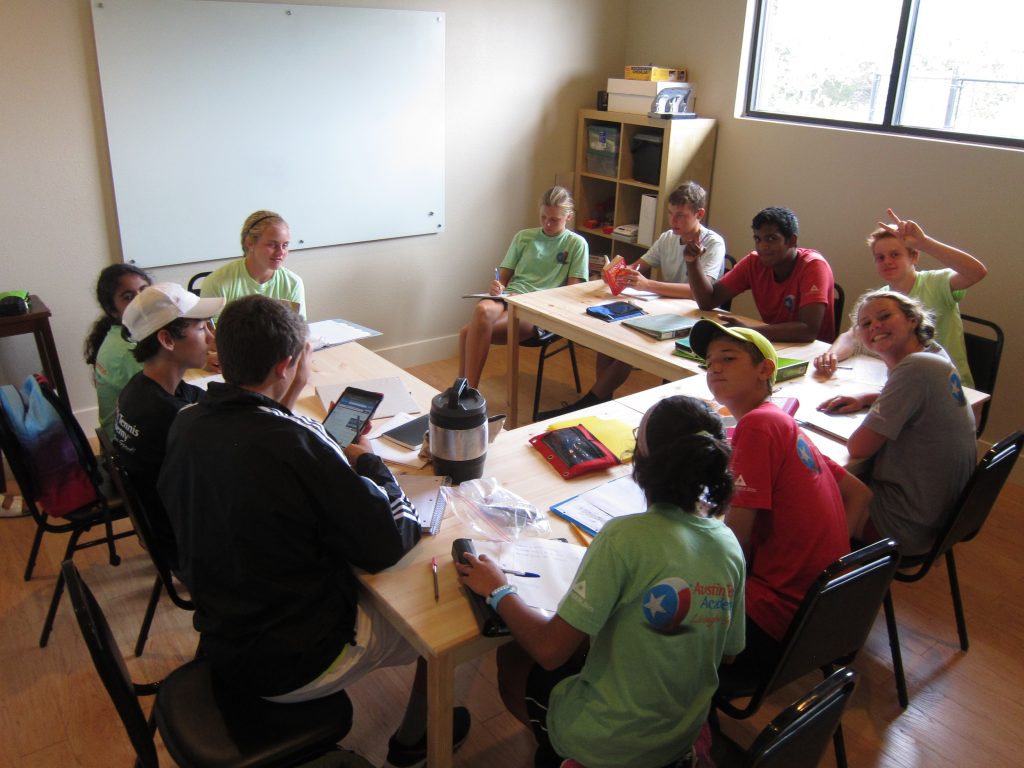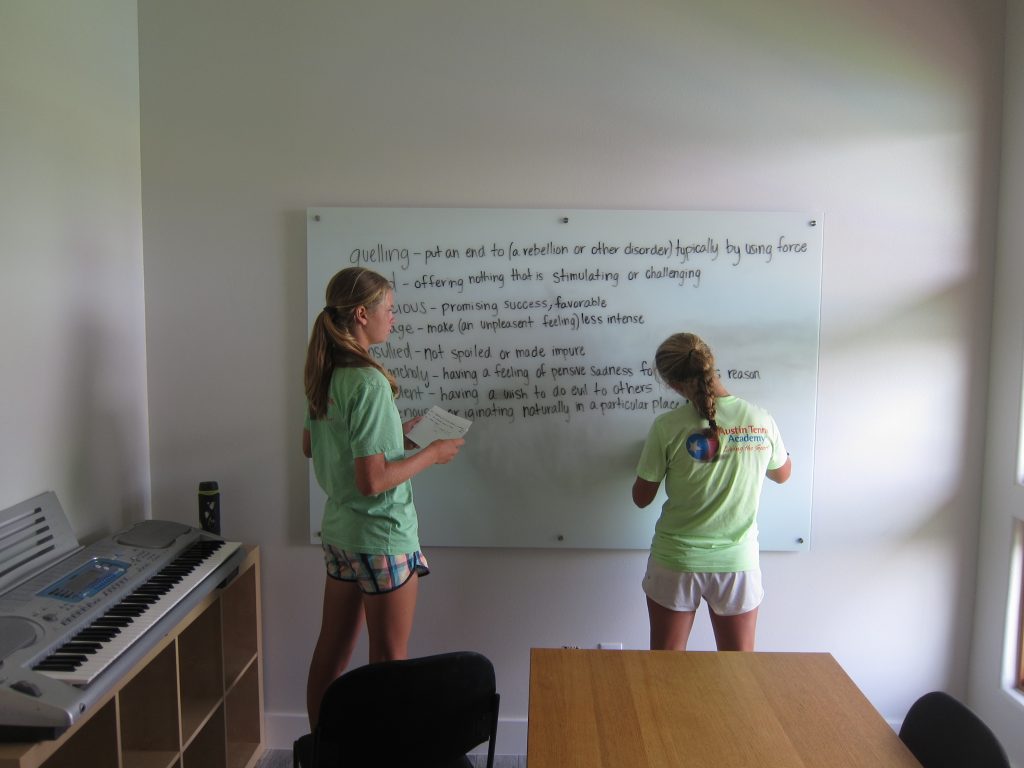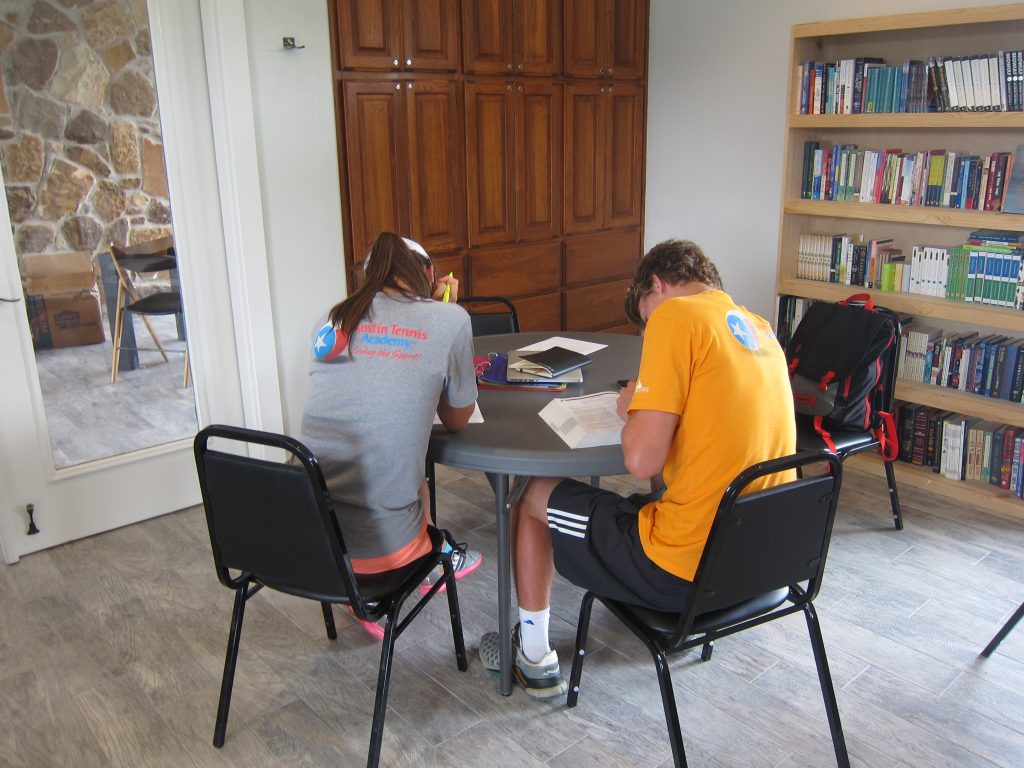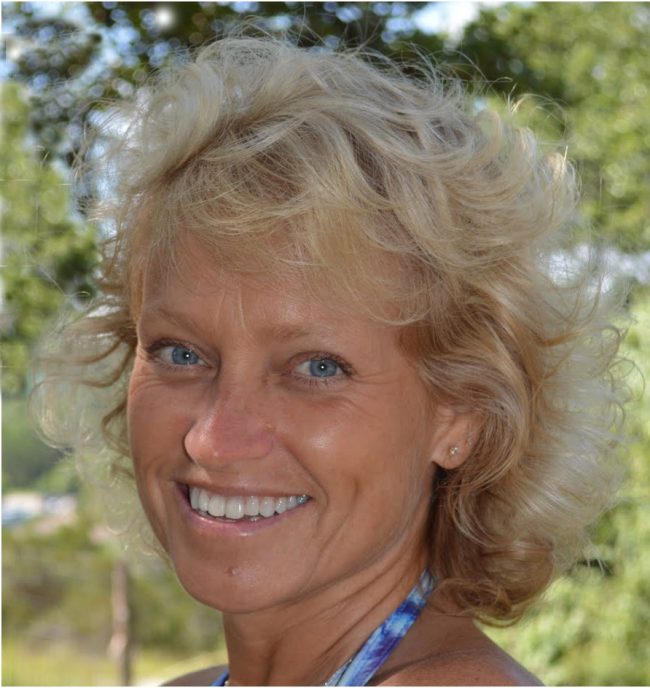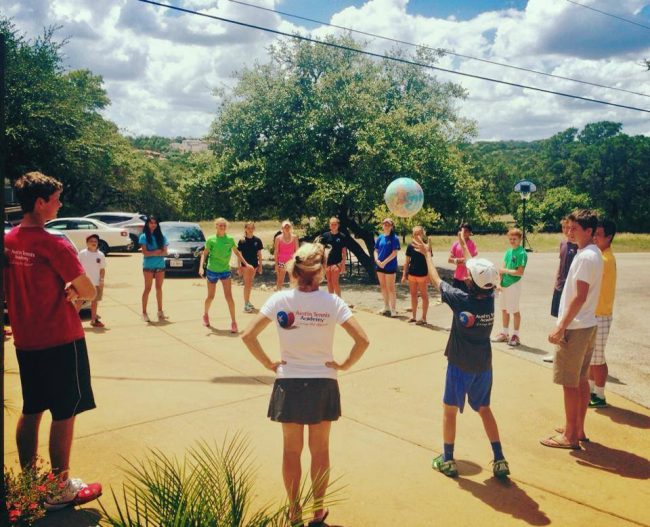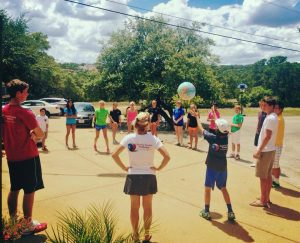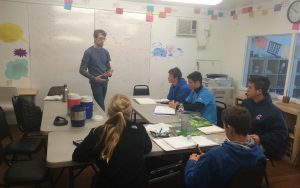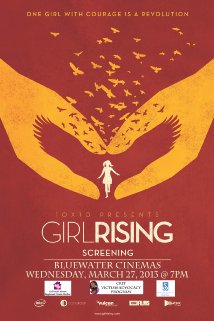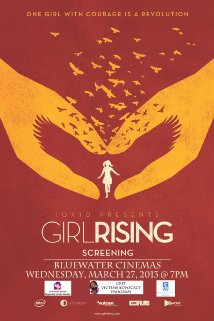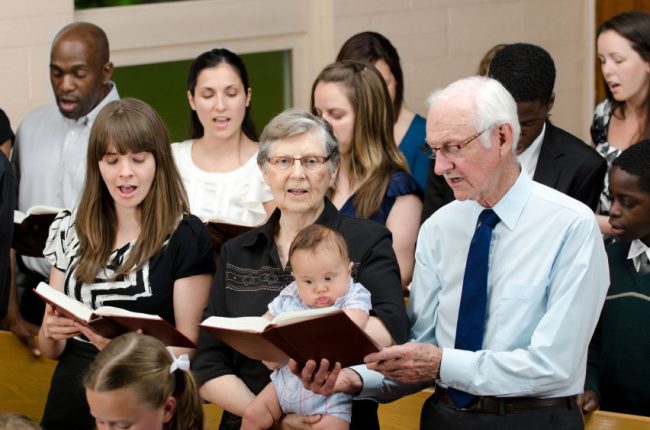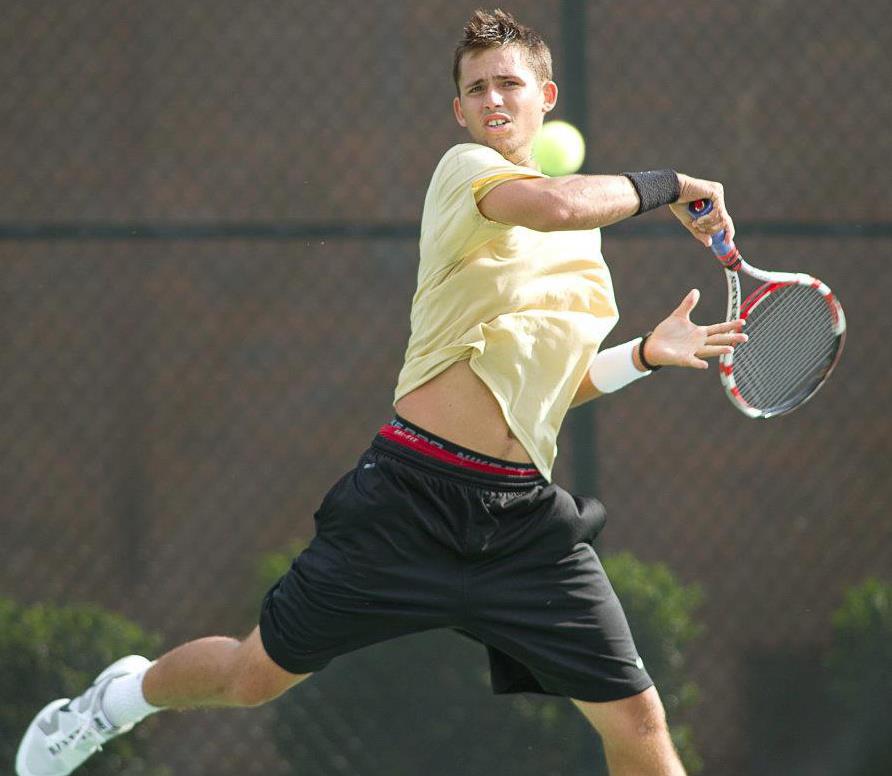ATA College Application & Essay Workshop, Aug 2-5
Dear ATA Seniors:
As the summer leads to its hottest moments, I am sure you are all working toward your end-of-summer goals, making plans for the future, and thinking about what college might look like for YOU. You are about to embark on your last year of high school, and then off to college. This is an amazing time in your life. It is also a very busy time in your life. It is a time of transitioning into young adulthood with new responsibilities. With classes, work, tennis tournaments, college searches, applications, essays, keeping up with responsibilities and chores, you may feel as if you have too little time to accomplish it all during the hours of the day.
Instead of feeling overwhelmed, begin your senior year with less stress. Take some time this summer to knock out your college application and essays.
Register for the College Application and Essay Writing Workshop
Aug 2-5, Tuesday-Friday
10:30am-12:30pm
at ATA College Prep
A course fee of $350 will be billed directly to your ATA account.
You will receive personal attention in completing the Common Application and receive advice and guidance on your Personal Essay. You will also research colleges and gain insight into the best matches based on your personal criteria. This workshop is intended for rising seniors, but rising juniors may also benefit from the college search and writing exercises.
Includes:
Introductory Counseling Session
Personalized Interactive College Search
Crafting an Introductory Letter to Coaches
Review of the Common Application
Selecting Recommenders
Brainstorming Session for Personal Statement & Essays
Practicing Interview Skills for phone and on-campus visits
I recognize many of you will be traveling during all or part of this time, but you are welcome to take advantage of the days you are here and then follow up with private or small group sessions available during the fall.
Remember that all of the work you have invested up to this point is going to pay off and that you are going to find the perfect college experience.
Contact Carol.Hagar@AustinTennisAcademy.com for additional information and to register.
Looking forward!
Carol Hagar
ATA College Prep
512.423.1105

